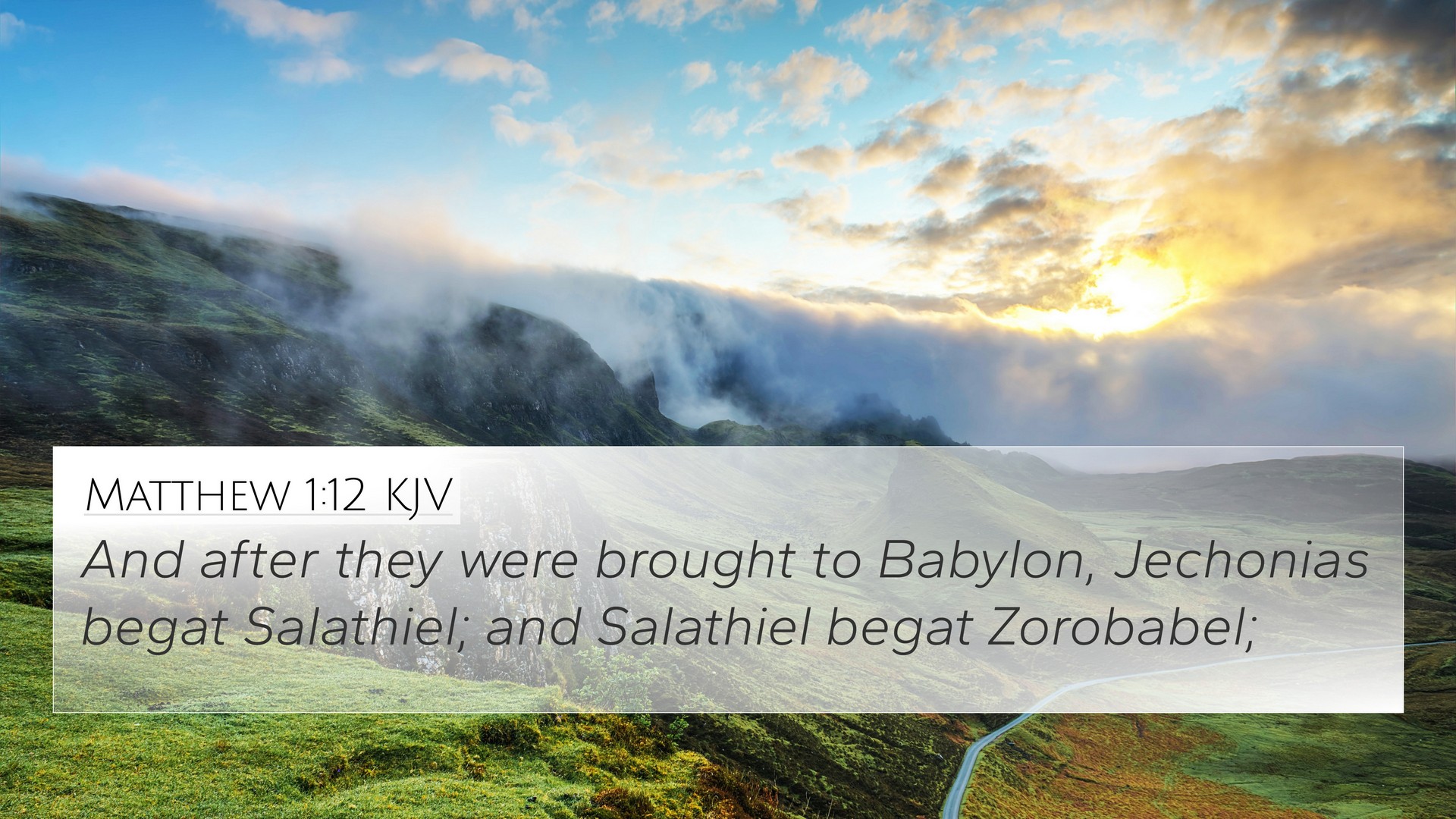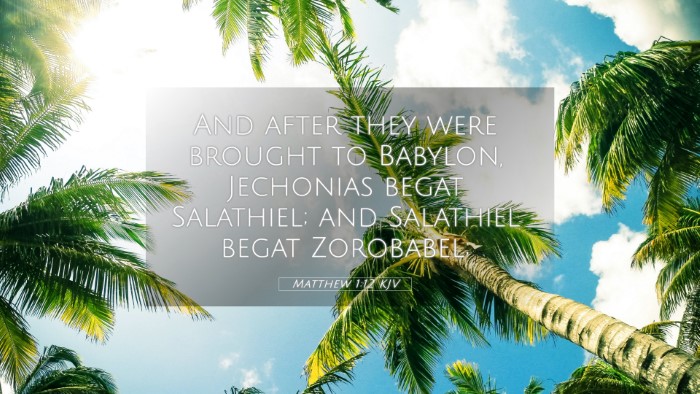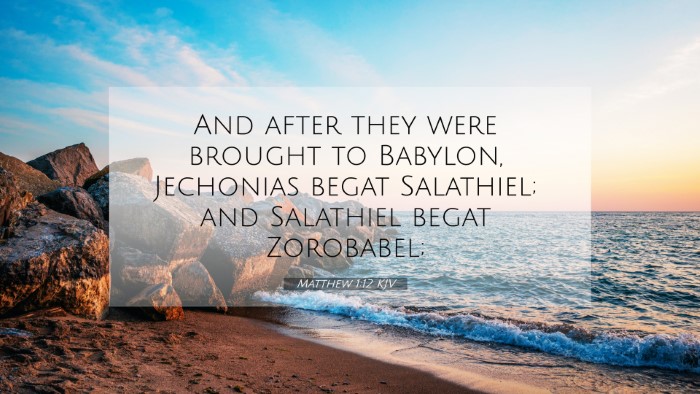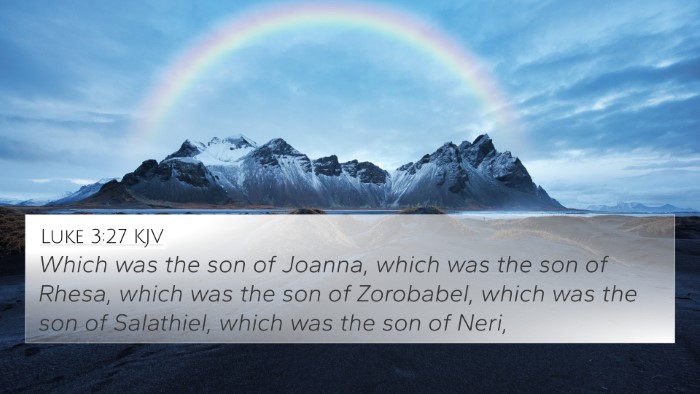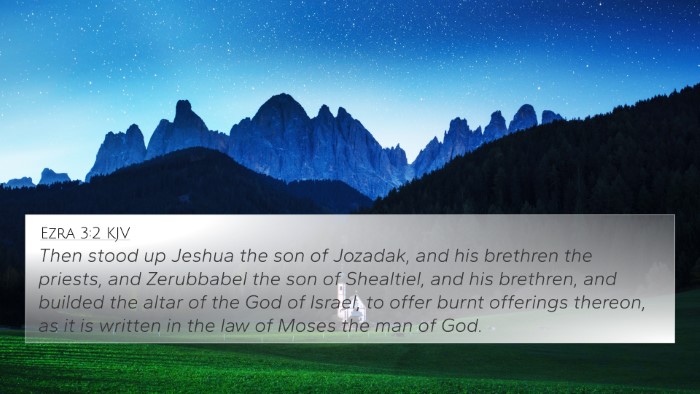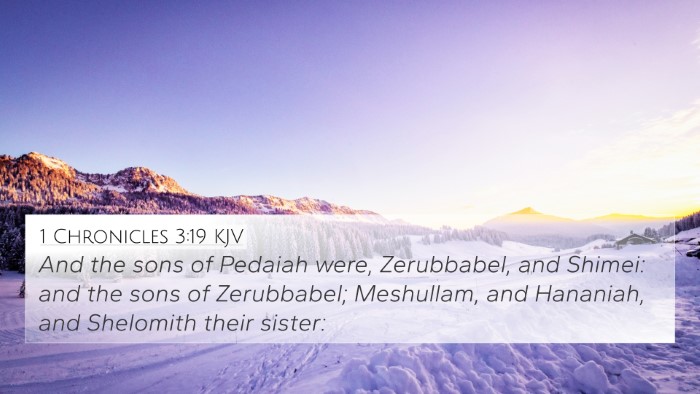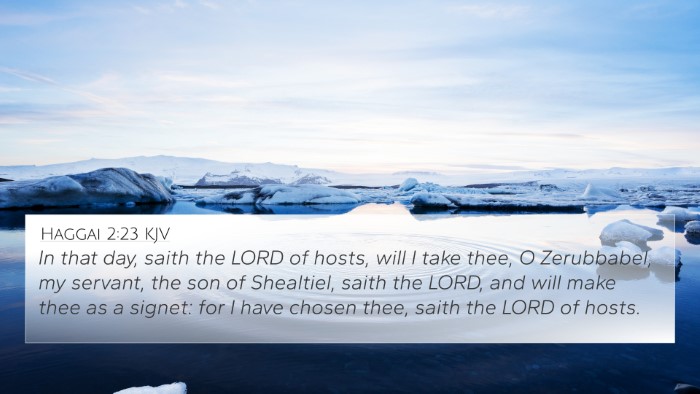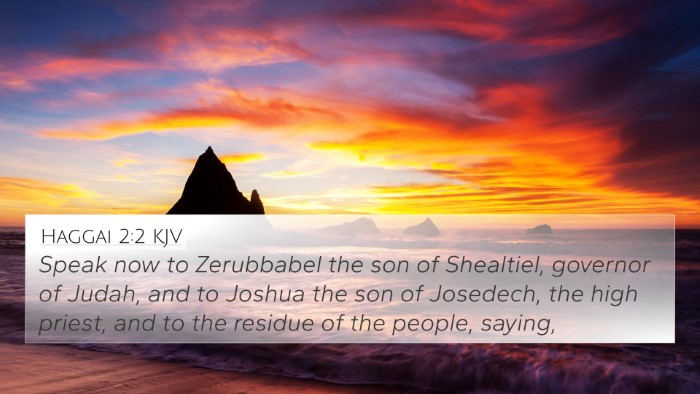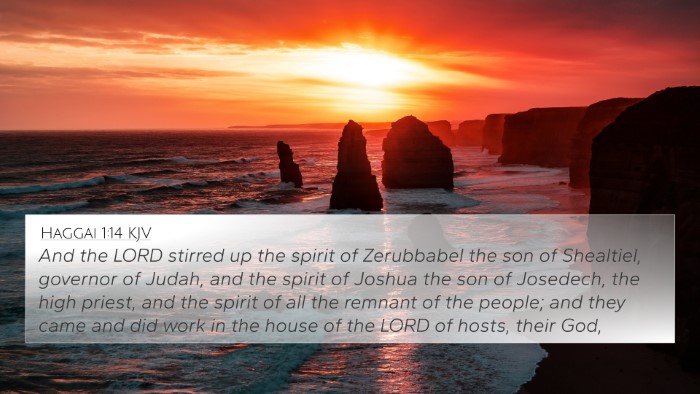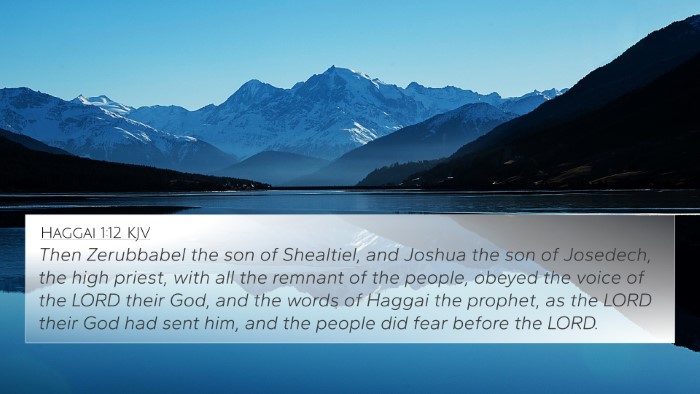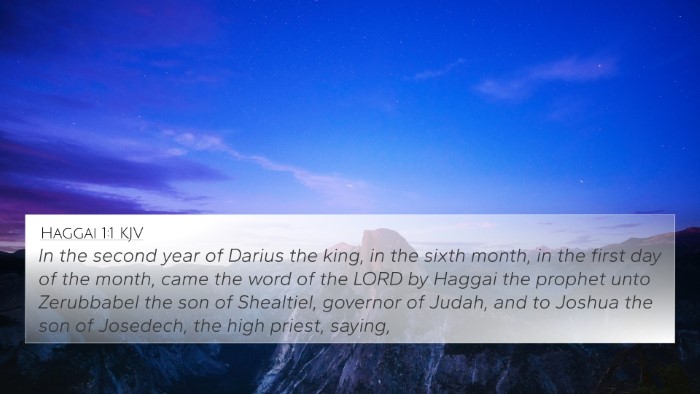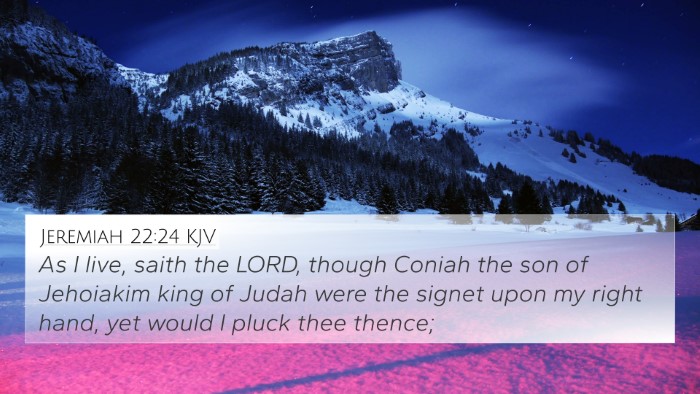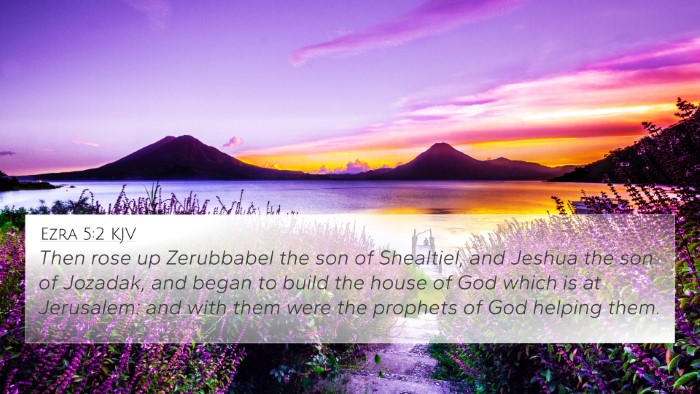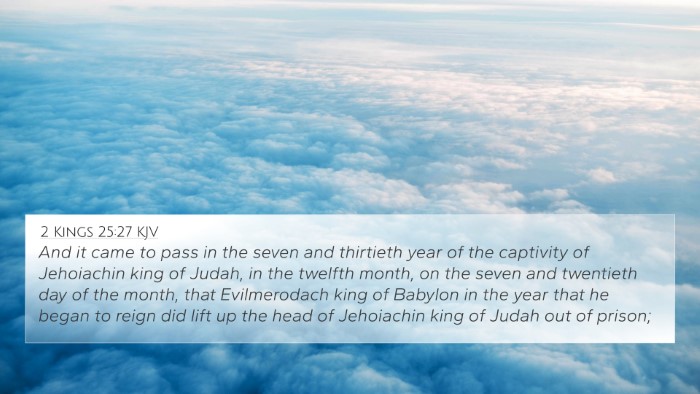Matthew 1:12 states: "And after they were brought to Babylon, Jechonias begat Salathiel; and Salathiel begat Zorobabel."
This verse, which resides within the genealogy of Jesus, plays a significant role in establishing His lineage.
The genealogy emphasizes that Jesus is a descendant of David, fulfilling the Old Testament prophecies regarding the Messiah's origin.
The transition through historical periods, particularly noting the Babylonian Exile, reflects God's plan and provision throughout Israel's history.
Commentary Insights
Matthew Henry's Commentary
Henry highlights the importance of the names recorded in the genealogy, observing that each link in the chain
points to God's unfolding purpose through history. The mention of Jechonias, or Jehoiachin, emphasizes the consequence of Israel’s sin that led to their captivity.
Furthermore, it signifies that despite Israel's failures, God preserves a remnant, showing His faithfulness to His covenant promises.
Albert Barnes' Notes
Barnes delves into the historical significance of Salathiel and Zorobabel.
He notes that Zorobabel was a leader during the return from exile and played a pivotal role in rebuilding the temple, which signifies hope and restoration for the Israelites.
This connection provides a thematic link to the New Testament revelations of Jesus, who brings ultimate reconciliation between God and humanity.
Adam Clarke's Commentary
Clarke reflects on the implications of this genealogy in the larger narrative of scripture.
He makes a connection to the Davidic line, asserting that Jesus' earthly lineage is vital to understanding His role as the Messiah.
He emphasizes that God's sovereignty directs history, and through familial lines, He brings forth His redemptive plan.
Cross-References and Related Verses
Here are some related Bible verses that connect with Matthew 1:12:
- 2 Kings 24:14-16 - The exile of Jehoiachin and the consequences of Israel's disobedience are detailed.
- 1 Chronicles 3:17-19 - Official genealogies of the Davidic line are specified, establishing the framework for Jesus' lineage.
- Haggai 1:1 - Zorobabel's leadership during the restoration period post-exile is mentioned, emphasizing God's hand in his ascent.
- Matthew 22:43-45 - Jesus questions about David's descendant, showcasing the interconnections of His lineage and authority.
- Luke 3:27 - A different genealogical account affirms the link to Zorobabel, confirming the biblical narrative's consistency.
- Isaiah 11:1-10 - A prophetic vision of the Messiah emerging from the root of Jesse, closely linked to David's line.
- Jeremiah 22:30 - A curse upon Jeconiah emphasizes the complexities of the Davidic line and God's unfolding plan beyond judgment.
- Revelation 22:16 - Jesus as the root and offspring of David portrays the fulfillment of the messianic promise.
- Ezra 3:2 - Reinforces Zorobabel's identity and role as a leader in the return from captivity.
- Romans 1:3 - Christ’s descent from David according to the flesh is integral to understanding His historical and theological significance.
Thematic Bible Verse Connections
The genealogy in Matthew 1:12 allows for rich thematic exploration, notably concerning the concepts of restoration, faithfulness, and redemption.
The exile and return symbolize not only a physical journey but also a spiritual parallel for believers today, affirming that God’s promises endure despite human failure.
As we examine the themes, we observe numerous connections between Bible verses that provide depth to our understanding:
- The parallels between the exodus from Egypt and the return from Babylon, highlighting God's steadfastness.
- Comparative studies of Old Testament prophecies concerning the Messiah and their New Testament addresses.
- Cross-references to the nature of God's kingdom as experienced in both historical and spiritual contexts.
Conclusion
In analyzing Matthew 1:12 through public domain commentaries, we uncover a rich tapestry of history, theology, and God's redemptive plan.
This verse not only establishes Jesus' human lineage but encapsulates the overarching narrative of scripture where each individual and event contributes to the greater story of salvation.
By employing Bible cross-reference tools, we gain insights into how various scriptures dialogue with one another, allowing modern readers to uncover the intricate connections woven through the biblical text.
